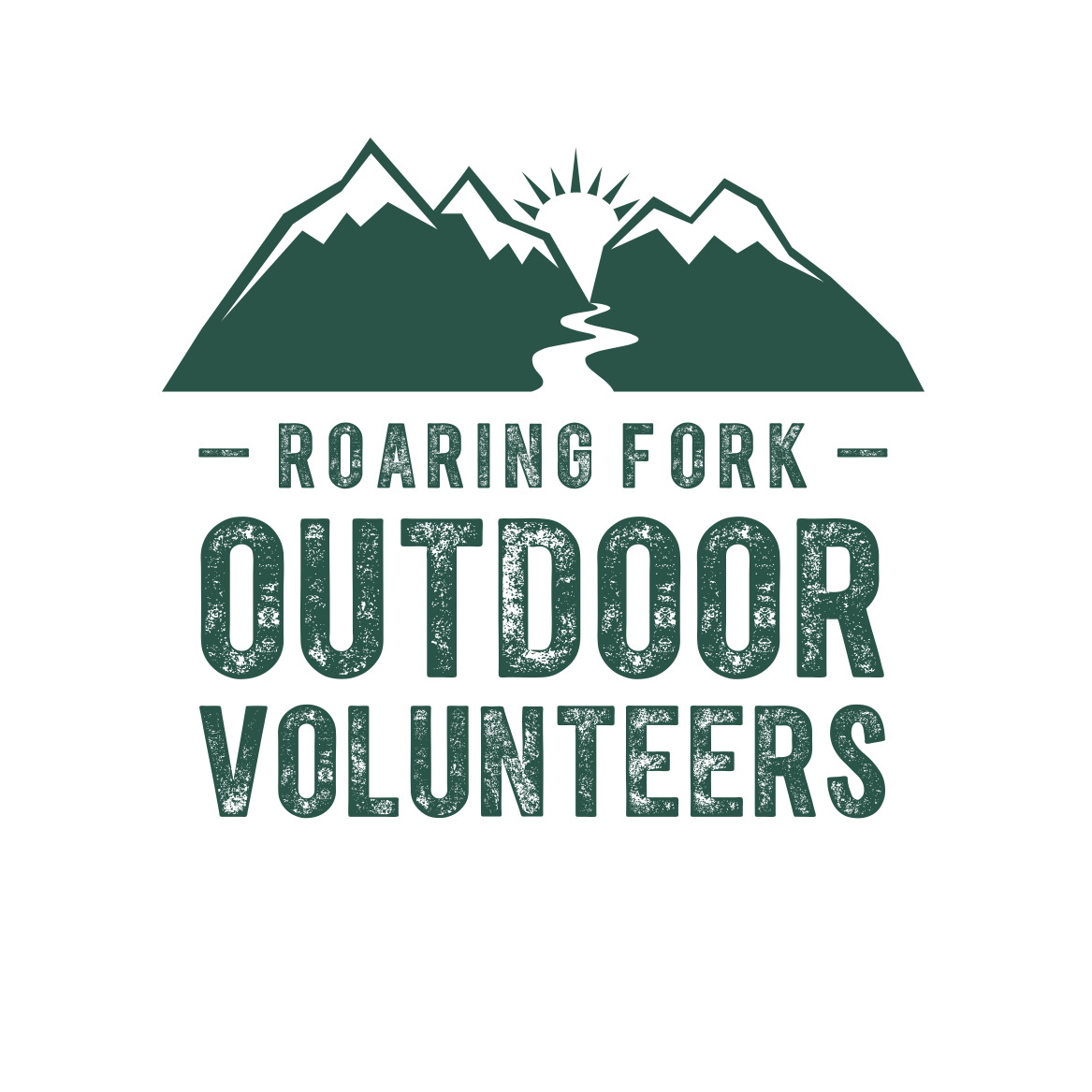News & Updates
How to Recreate in Restoration Areas


Areas enjoyed for recreation across the country are often impacted by wildfire. While wildfires are common in the west, the eastern part of the U.S. has also experienced devastating fires over the past few years. In 2016, Great Smoky Mountains National Park and surrounding areas were significantly impacted by wildfire. Over 16,000 acres burned, 14 people were killed, and over 2000 buildings and structures were damaged or destroyed. This was the deadliest wildfire in the eastern U.S. since the 1940s. However, these burned lands are recovering.
When wildfires impact parks and protected areas, recreational opportunities are often also impacted. As these areas start to recover and restoration begins, recreational use may follow. As areas affected by wildfire undergo natural or land management agency-led restoration efforts, it is critical to think about how to safely enjoy these lands while they are regenerating. The following the recommendations can help protect you and the land in areas that have experienced catastrophic wildfire or other stressors such as climate change, bark beetle infestation, invasive species, or record droughts. This information was created in partnership with Roaring Fork Outdoor Volunteers based in Colorado. For more information on RFOV, visit: https://www.rfov.org

Plan Ahead and Prepare
- Ensure that the area you intend to visit is open to public access.
- Restoration landscapes, such as those affected by wildfire or other natural events, are highly reactive to weather. Seasonal risks are often increased in restoration landscapes and events can quickly escape your control.
- The risk of hazard trees, rockslides, landslides, and flash floods are often elevated in restoration areas.
Travel and Camp on Durable Surfaces
Traveling
- Restoration landscapes may seem wide open or even blank, but appearances are deceiving: be situationally aware. Established trails typically provide the safest route of travel.
- Ground may appear solid, but may not be; natural and human-made materials may be unstable and should be left in place.
Camping
- Protect riparian areas by camping at least 200 feet from any water source. Flood risk may be increased in a restoration landscape. Use established campsites if they are open for public use.
- Campsites should be located away from hazardous trees and steep hillsides. Strong winds that may uproot or blow down trees, landslides, and mud flows are potential risks in a restoration landscape.
Dispose of Waste Properly
- Waste may decompose slowly in restoration landscapes. Pack it in, pack it out. Pack out all trash, leftover food, and litter.
- Deposit solid human waste in catholes dug 6 to 8 inches deep at least 200 feet from water, camp, and trails. Cover and disguise the cathole when finished.
Leave What You Find
- Objects tell the story of degradation and restoration. Leave natural and human-made objects as you find them.
- Invasive species often thrive in restoration landscapes. Avoid introducing or transporting weed seeds by cleaning your boots and gear before entering the area.
Minimize Campfire Impacts
- Restoration landscapes, such as those impacted by wildfire are not immune to further damage. Just because an area has burned once doesn’t mean it can’t be burned again.
Respect Wildlife
- Wildlife behavior in restoration landscapes may be more unpredictable. You can easily stress both animal and plant life whose landscape has already been disrupted.
Be Considerate of Other Visitors
- Restoration efforts renew natural landscapes and human communities. Respect the residents and visitors for whom restoration is important: what may appear damaged to you is still a vital resource to others.
Let’s protect and enjoy our natural world together
Get the latest in Leave No Trace eNews in your inbox so you can stay informed and involved.
